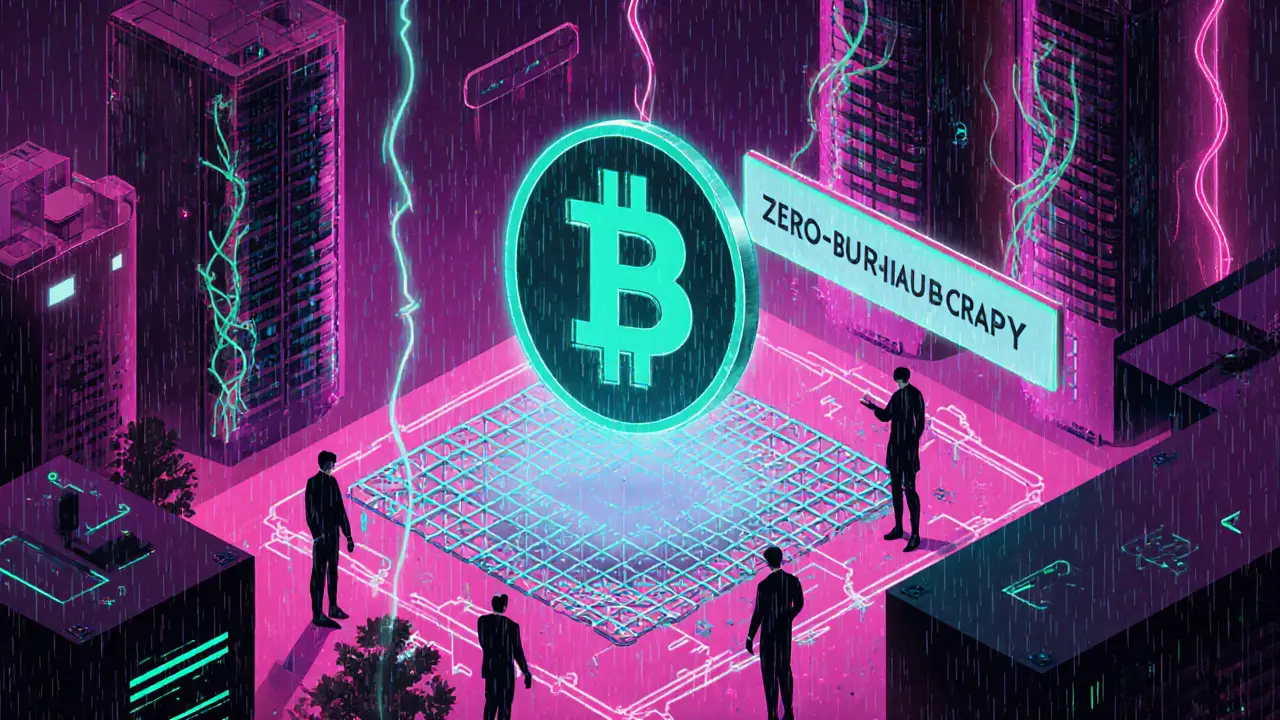Learn what Commune AI (COMAI) is, how its token works, market data, risks, and how to buy or stake it in this in‑depth guide.
Decentralized AI: The Future of Smart, Autonomous Blockchain Systems
When talking about decentralized AI, the blend of artificial intelligence with blockchain’s trust‑less, permissionless architecture. Also known as AI on chain, it lets smart contracts tap into adaptive models without a central server. This unlocks use cases that need real‑time learning, from automated market‑making to self‑optimizing NFT pricing.
One clear example is an AI‑generated token, a cryptocurrency whose code, artwork and launch parameters are created by an AI model. AstroPepeX (APX) shows how a neural network can design an ERC‑20 token, set supply rules and even produce a mascot. Projects like this prove that AI can handle the tokenomics design phase, cutting down human error and speeding up launches.
Behind every autonomous token sits AI‑powered analytics, on‑chain tools that process transaction data, sentiment and network health using machine‑learning algorithms. These analytics feed directly into smart contracts, letting them adjust fees, staking rewards or liquidity parameters on the fly. In our own mining‑pool outlook, AI tools forecast hash‑rate shifts and suggest pool switches before a dip hits your earnings.
For AI models to work reliably on a blockchain, they need trustworthy data. That’s where AI oracles, decentralized services that bridge off‑chain data sources with on‑chain smart contracts come in. An oracle might pull weather forecasts for a climate‑impact token or pull exchange rates for a cross‑chain arbitrage bot. The key is that the oracle itself is governed by a DAO, keeping the data feed resistant to tampering.
Speaking of DAOs, AI governance, the practice of using AI to propose, vote on and enforce protocol upgrades adds another layer of automation. Imagine a governance model where an AI evaluates proposal risk, simulates outcomes, and surfaces the safest options for token holders. This reduces voter fatigue and helps communities make data‑driven decisions.
Of course, putting AI in a trust‑less environment isn’t without risk. Sybil attacks, where fake identities flood a network, can poison AI training data and skew outcomes. Real‑world Sybil examples in DeFi show that robust consensus and identity verification are essential. Likewise, model drift—when an AI’s predictions become outdated—requires regular retraining, which on‑chain can be costly. Balancing security, cost and performance remains a core challenge.
Despite those hurdles, the upside is huge. Traders can tap AI‑enhanced signals to time entries, DeFi platforms can auto‑adjust interest rates, and NFT creators can generate unique art on demand. Our collection below covers everything from AI‑generated tokens like AstroPepeX to mining‑pool AI tools, giving you a practical roadmap to experiment with decentralized AI today.
Key Components of Decentralized AI
At its core, decentralized AI rests on four pillars: AI‑generated assets (tokens, NFTs), AI‑powered analytics that feed smart contracts, AI oracles delivering reliable data, and AI governance that automates decision‑making. Each pillar interacts with the others—analytics depend on oracle data, governance uses analytics to vote, and generated assets often embody the outcome of that loop. Understanding how these pieces fit together is the first step to building or investing in a truly autonomous blockchain project.
Ready to see how these ideas play out in real projects? Below you’ll find in‑depth guides, reviews and case studies that walk through token launches, AI‑driven market tools, and the security measures you need to keep your decentralized AI experiments safe. Dive in and start building the next generation of smart, self‑learning blockchain applications.

